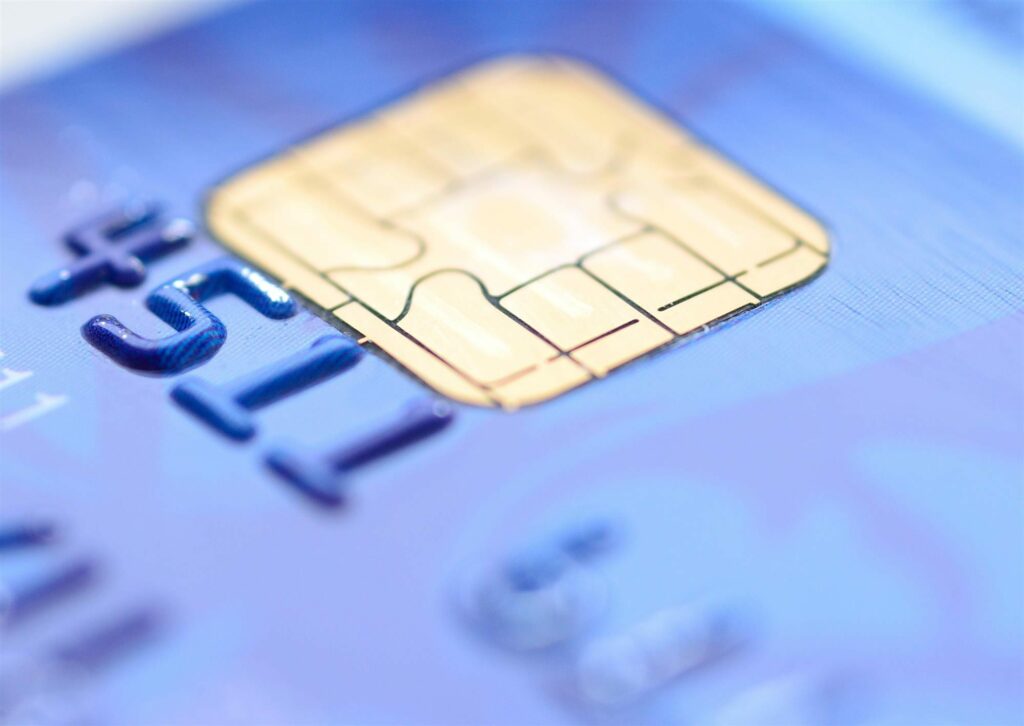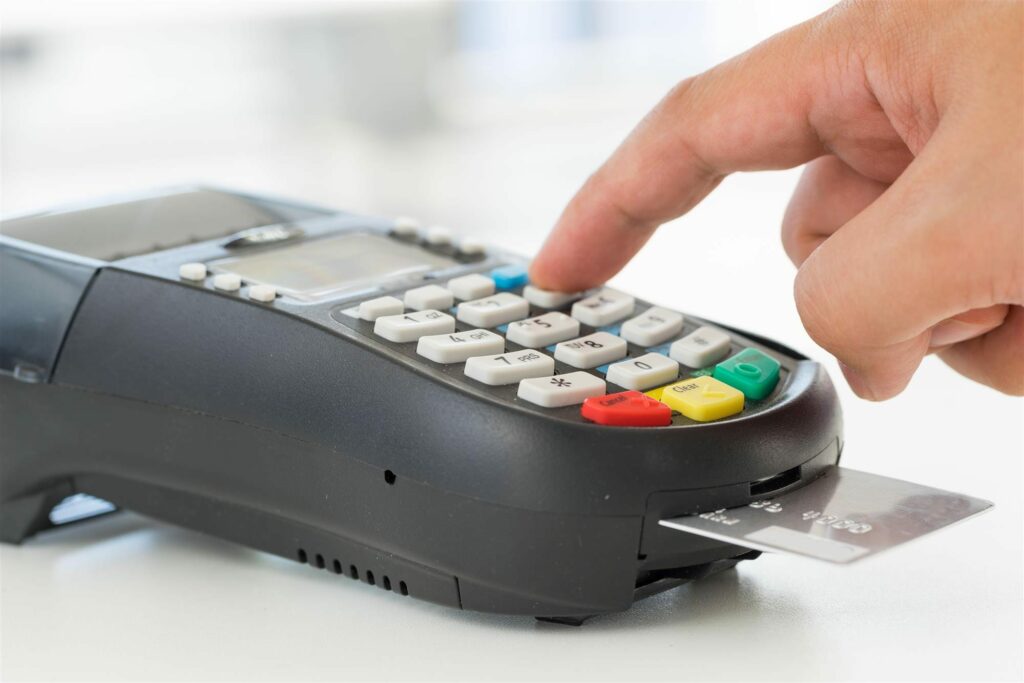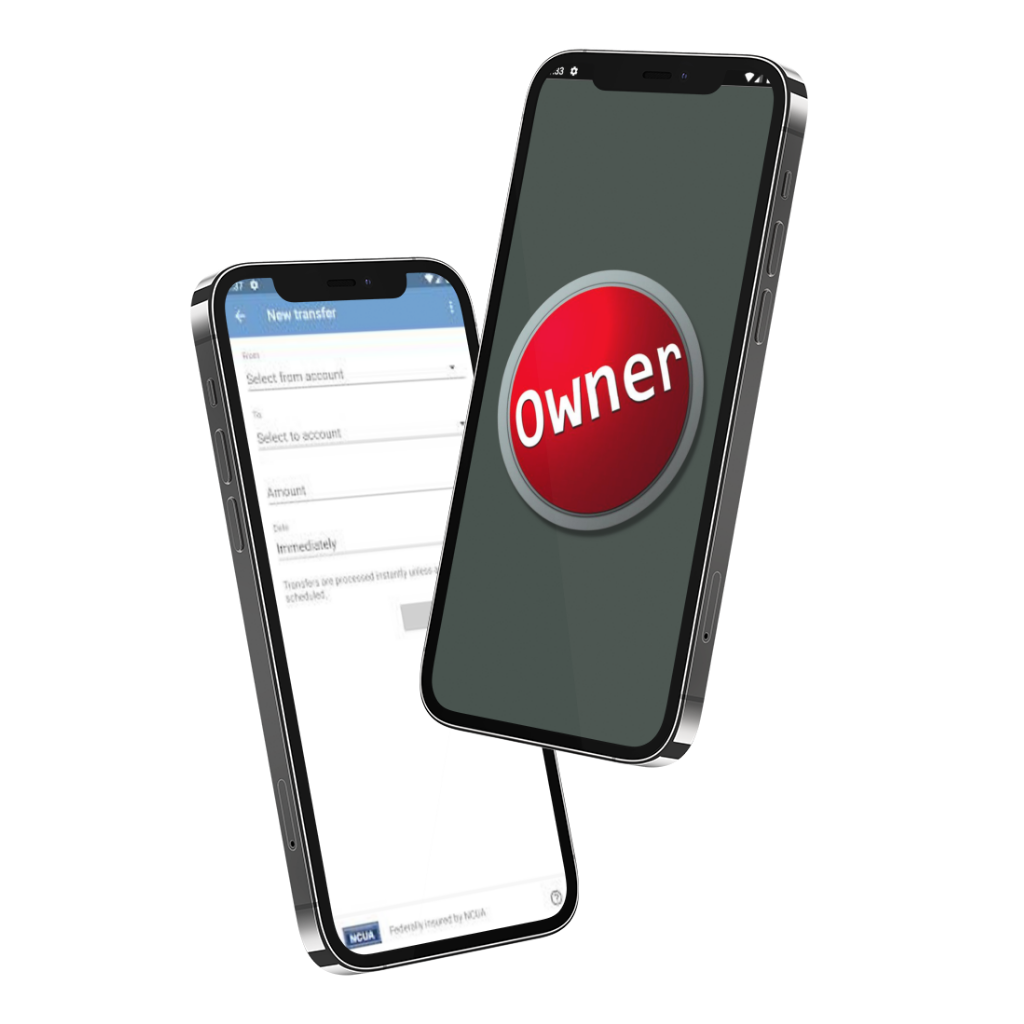Most banks, lenders, and other personal banking institutions have issued new credit cards and debit cards with an embedded chip called an EMV (Europay, MasterCard, Visa) chip. This is the new globally accepted standard in all cards to help address the growing concerns of debit and credit card fraud and reduce risks associated with it.

What Does the EMV Chip Do?
The EMV chip makes credit and debit card transactions more secure. Rather than storing all of your information on the chip, like the magnetic stripe does, it creates a unique ID for each transaction. So, if your chip-enabled card is lost or stolen and does not have a magnetic stripe, it makes it almost impossible to complete transactions using the card at point-of-sale (POS) terminals.
Why Is the EMV Chip Important?
The EMV chip is important for several reasons. As already mentioned, it increases the security for credit and debit transactions where the card must be presented to complete the transaction, while reducing the risks of fraud. In addition, it is a globally accepted standard, so, if you travel abroad, most terminals overseas only will accept the EMV chip to pay for transactions.
Why Do I Have to Leave the Card in the Terminal for Transactions?
One of the biggest concerns people have with the new EMV chip technologies is having to leave the card in the machine until the transaction is approved. The reason this is required is that the chip is communicating with the card processor to authenticate the transaction and confirm it is valid. However, card terminals are set up to beep at you when it is time to remove the card, so there is little risk of accidentally walking away and forgetting to take your card.
Does the EMV Chip Work with Online Transactions?
For online transactions, there are still risks of fraud because the EMV chip is not used. Rather, you manually enter your card number, like you do now, although most online merchants have increased the security of online transactions and require you to enter the special code on the back of the card and may also require you to provide additional verification information to complete the transaction.

Is a Pin Needed for EMV Chip Card Transactions?
It largely depends upon how the transaction is processed. If you select debit, then you are required to enter your pin number. If you select credit, then it will depend on the financial institution that issued the card.
Are All Merchants Required to Accept EMV Chip Cards?
While most merchants have adapted to EMV chip technologies, there are still some that have not or which are in the process of meeting the required deadlines for their particular market segment. If the merchant does not have an EMV card reader, you can still complete transactions using the magnetic stripe on the back of the card.
For more information about EMV chip cards and how the technology protects you or to open a new share savings or checking account, we invite you to visit your nearest branch location of The People’s Federal Credit Union or call us at 806-359-8571 today!







